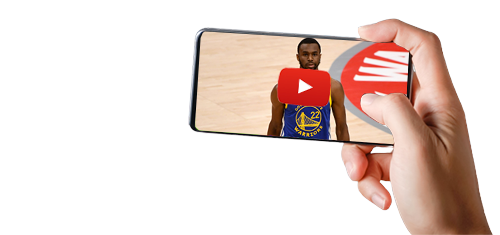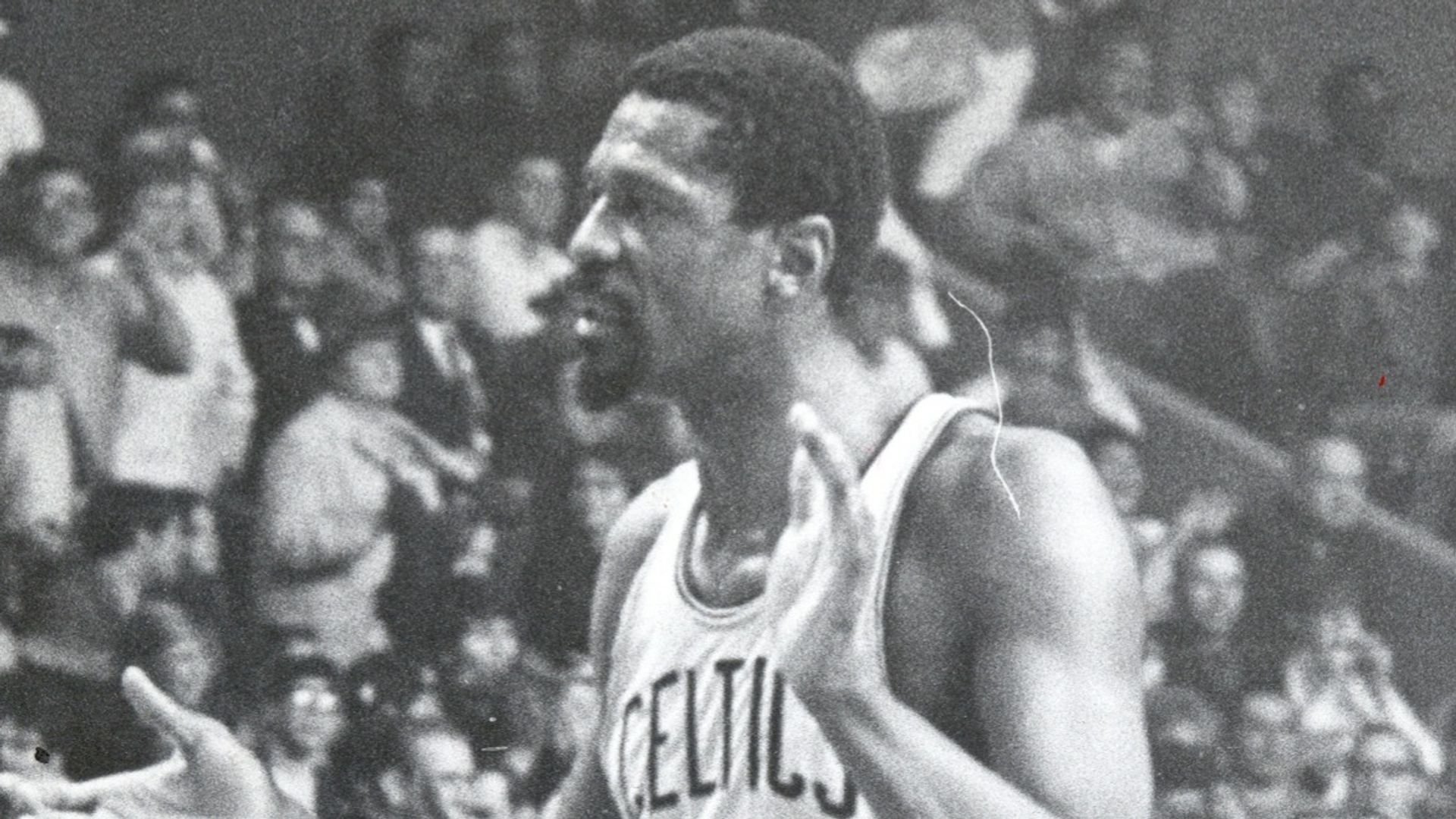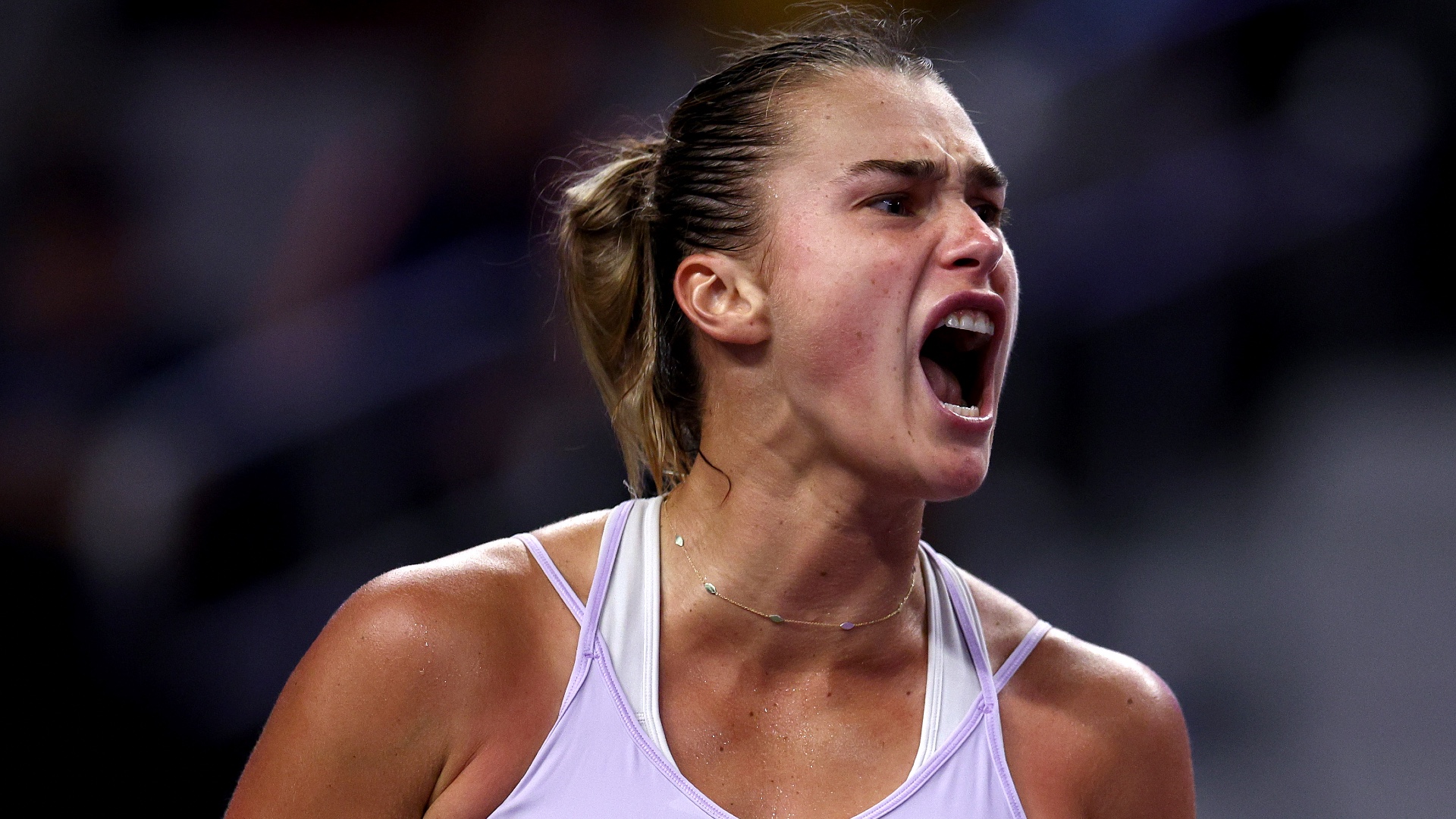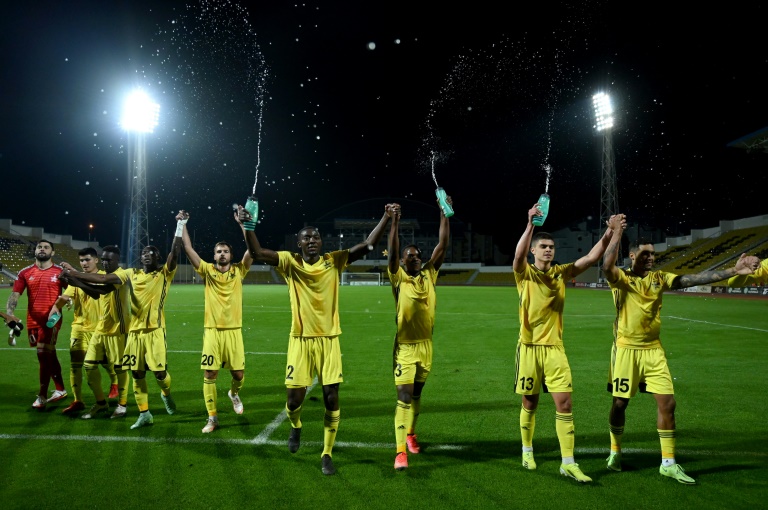
Thomas Muller might not be as crucial to Bayern Munich as he once was.
Indeed, he has featured only 12 times in the Bundesliga this season, making just nine starts.
Yet his next appearance, set to come against Bochum on Saturday, will see him overtake his namesake – the late, great Gerd Muller – for the record number of Bundesliga appearances for the club by an outfield player, with 428.
Ahead of breaking the record, he has started 371 of his 427 Bundesliga matches, tasting victory on 307 occasions and losing only 47 times. He has won 11 titles and has a 12th in his sights this year.
Since making his Bundesliga bow in 2008, Muller has played more times in the competition than any other player, while he has directly contributed to 296 goals (140 goals, 156 assists), 23 more than second-ranked Robert Lewandowski (238 goals, 35 assists).
Lewandowski and Muller formed a formidable duo at Bayern, though the latter has not always had an easy ride at the club.
To celebrate his impending achievement, Stats Perform takes a look at Muller’s Bayern journey, one which has also included two Champions League triumphs.
Tipped for the top? Not so much
“Thomas Muller can’t beat you with his close ball control. He can’t beat you with his pace. And he can’t beat you with his dribbling skills. He just beats you.”
Those were the words of German sports journalist and author Uli Hesse when he described Muller in an article originally published in Eight By Eight magazine and then re-published by The Guardian.
Muller has never had the blinding pace of peak Cristiano Ronaldo; the imperious skill of Lionel Messi or the exquisite finishing prowess of Lewandowski. Perhaps that is why he is never really considered among the pantheon of modern-day greats?
But in fairness, that was never truly expected of him. Indeed, a year before he shot to stardom at the 2010 World Cup, Muller had made just five senior appearances, totalling 40 minutes, scoring once.
Yet in 2009, when it seemed as though Muller – not quite a number 10, not quite a striker – would be loaned out, Louis van Gaal installed him as a first-team regular. He featured in every Bundesliga game that season, scoring 13 times and providing six assists. “In my team, Muller always plays,” said Van Gaal.
Muller carried that form into the World Cup, finishing the tournament as one of four top scorers with five goals as a young, exciting Germany side reached the semi-finals.
The 4-2-3-1 in which Muller had thrived at Bayern, where he was flanked by Arjen Robben and Franck Ribery, was in vogue in South Africa, and along with Mesut Ozil and Lukas Podolski, he excelled behind club-mate Miroslav Klose.
Muller played every league game in the following two seasons, scoring 19 times, laying on a further 18 goals and creating 118 chances. He earned the nickname “Raumdeuter” – “an interpreter of space”.
Even still, Muller was not the star of that Bayern side. Those were on the flanks, in the form of Robben and Ribery, and then up front when Lewandowski joined, yet over the next three seasons he put up brilliant numbers, hitting 20+ combined goals and assists in each campaign through to 2015-16.
As part of that span, he helped Bayern to Champions League glory in 2013, beating Lewandowski and Dortmund in the final at Wembley.
Hard times hit
Pep Guardiola had certainly got the best out of Muller, who netted 20 Bundesliga goals in the Spaniard’s final season in Munich. Yet under Carlo Ancelotti, he failed to spark, at least in front of goal.
Muller went 999 minutes without a Bundesliga goal and only scored five times in the top tier in Ancelotti’s sole full season at Bayern (2016-17), underperforming his expected goals (xG) of 7.8. He finished the season with 12 league assists, however – a career-best at that stage.
If that hinted at what was to come from Muller Mk.II (more on that to come), there was no doubting “Raumdeuter’s” shine had worn off slightly, with Thiago Alcantara often preferred in an advanced midfield role.
Muller defended Ancelotti when the Italian was dismissed in September 2017, though it was reported he was one of five senior players to demand a change in coach.
Jupp Heynckes took charge and Muller finished the campaign with 22 goal involvements, only two less than in the 2012-13 season in which Heynckes guided Bayern to the treble.
But matters did not improve in the 2018-19 season, in which Muller was deemed surplus to requirements by Germany coach Joachim Low and he struggled for his best form at club level under Niko Kovac.
Muller’s time comes again
A second coming arrived in the pandemic-hit 2019-20 campaign; Kovac was sacked, Hansi Flick took over, and Muller was back at his best, relishing a second Champions League triumph, as Paris Saint-Germain were beaten in the final.
Yes, the goal tallies weren’t as high as in his early 2010s peak, but in the three seasons between 2019-20 and 2021-22, Muller provided 57 assists in the league.
His accumulative expected assists (xA) stood at 38, suggesting he benefitted from the expert finishing of Lewandowski and Co., but he engineered 261 chances across 97 appearances (2.7 per game). Not bad.
The “Raumdeuter” was back. Whether playing behind Lewandowski, or on the right-hand side of Bayern’s four-man attacking unit, he caused constant havoc, while in the 2020-21 season he also boasted his best shot conversion rate (21.6).
This season has not gone as smoothly as Muller would have hoped. Lewandowski’s departure to Barcelona deprived him of his partner in crime, and Julian Nagelsmann has often gone with Jamal Musiala, Germany’s next big hope, as a number 10.
Injuries haven’t helped either and Muller endured a difficult campaign as Germany crashed out of the World Cup.
Will there be a third coming? Maybe not. Perhaps this is the beginning of the end. But ahead of his record-breaking appearance, there’s no doubt “Raumdeuter” has to go down as one of Bayern’s greatest.








